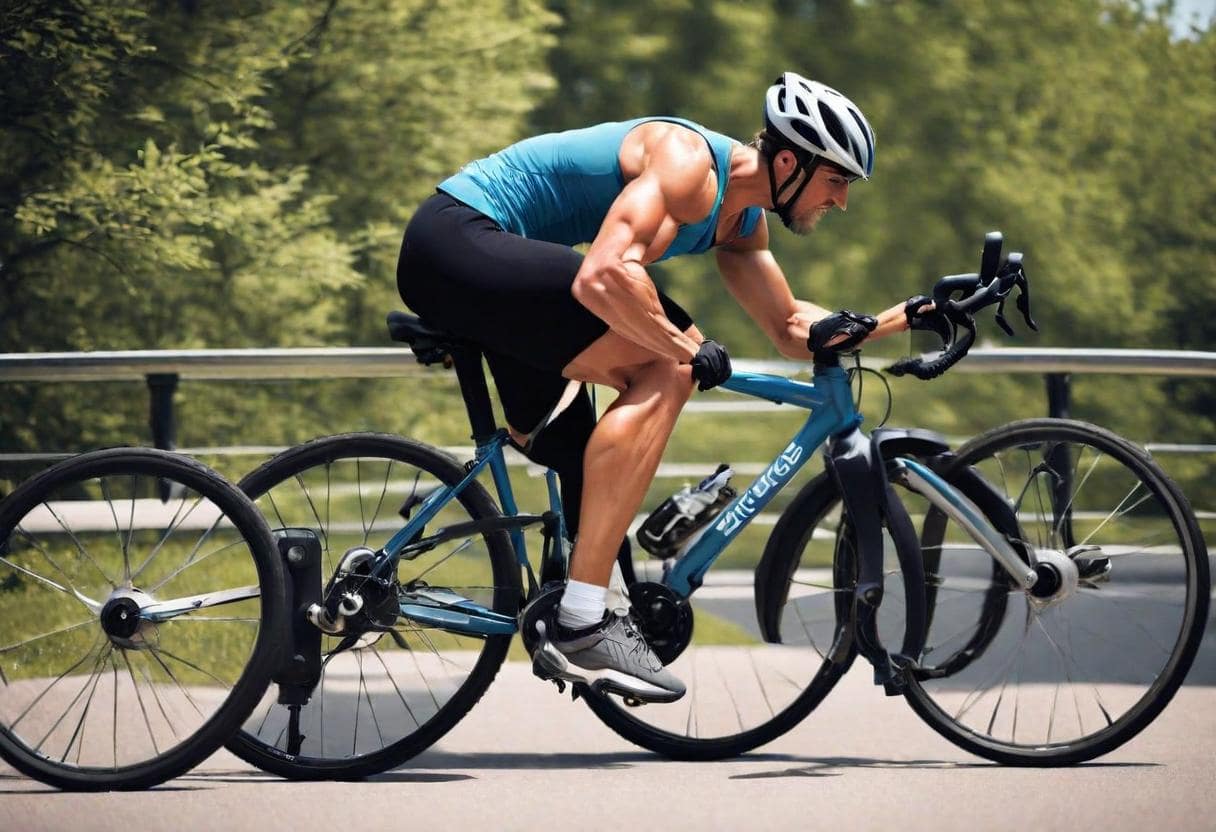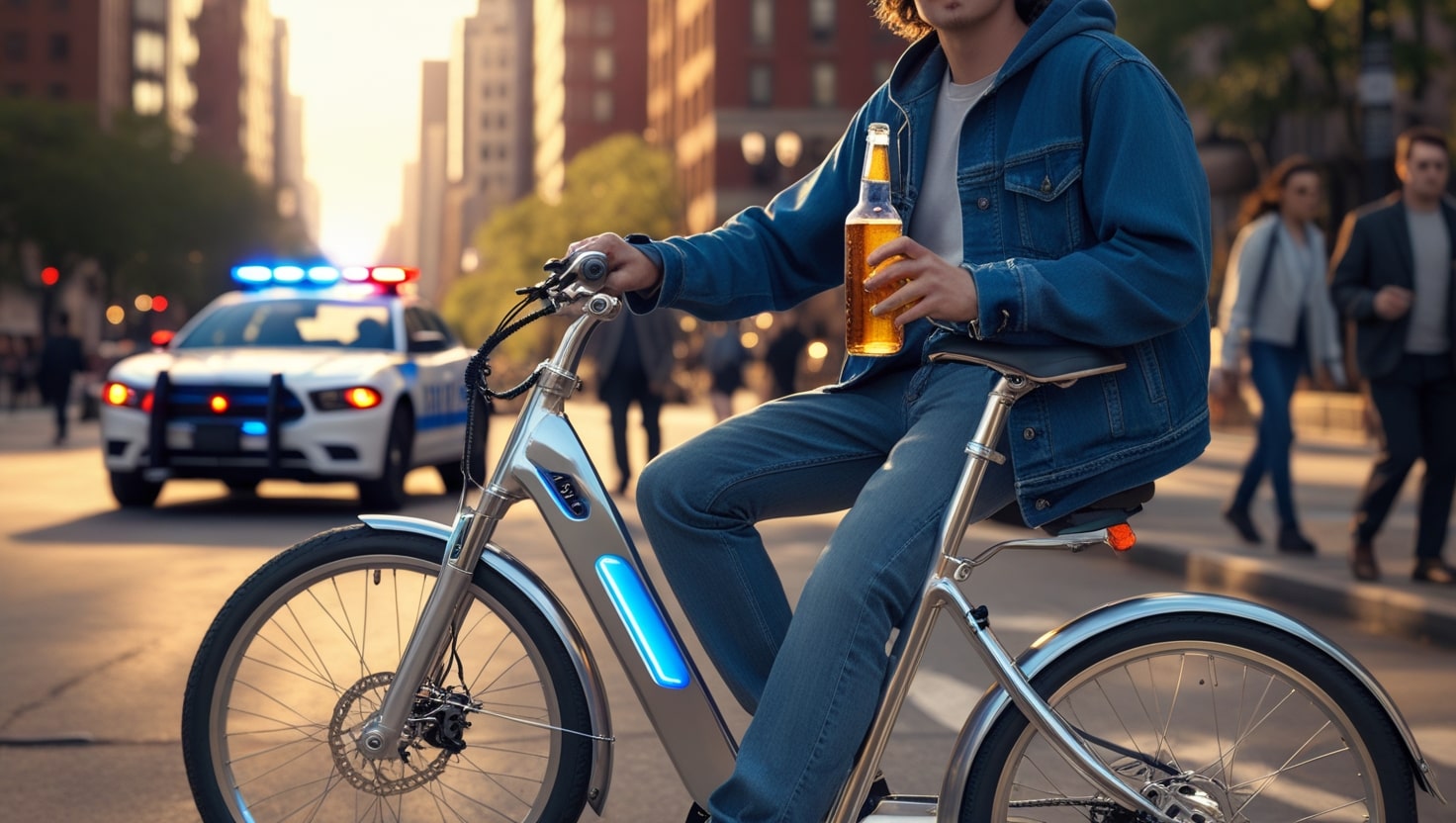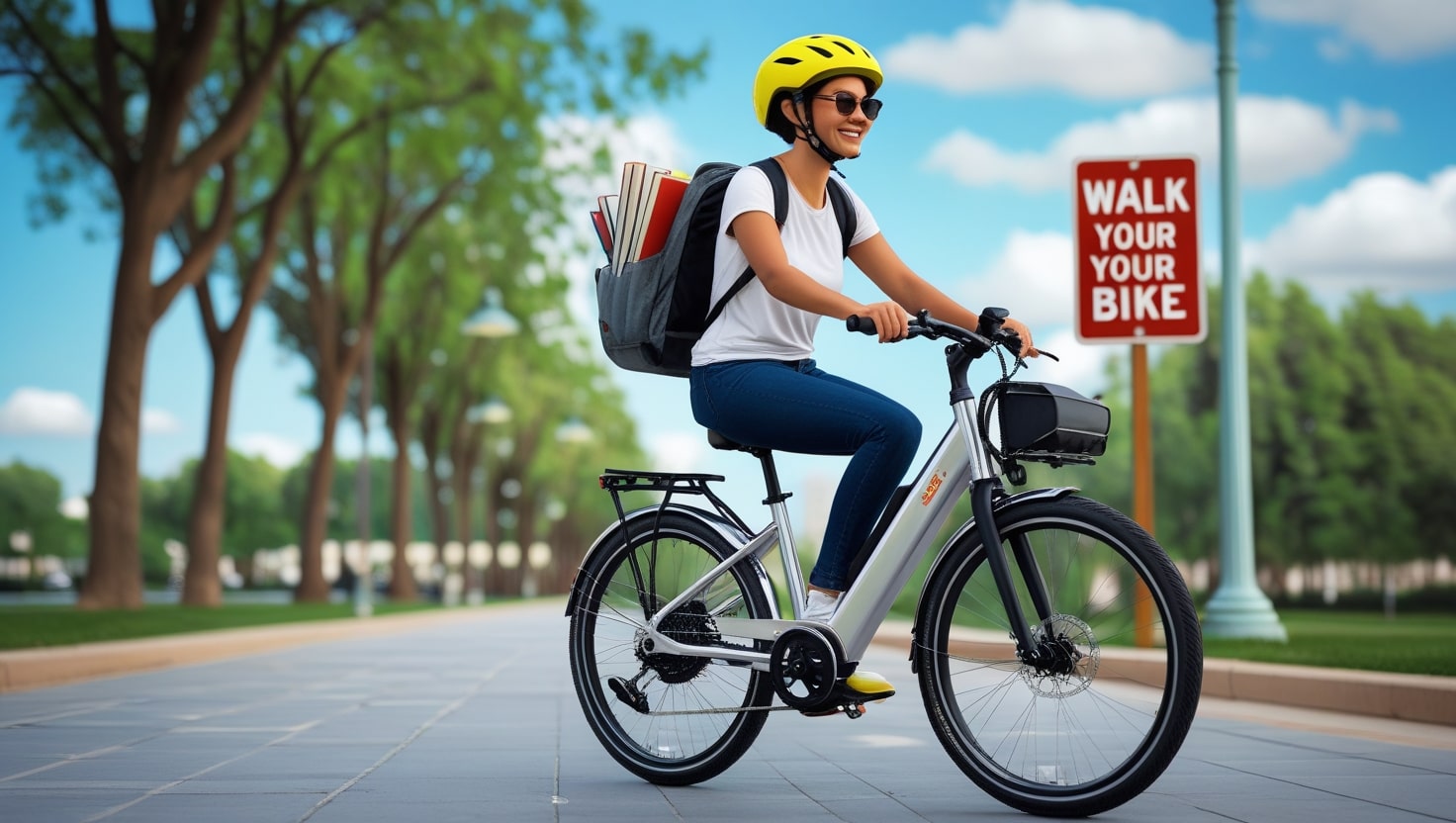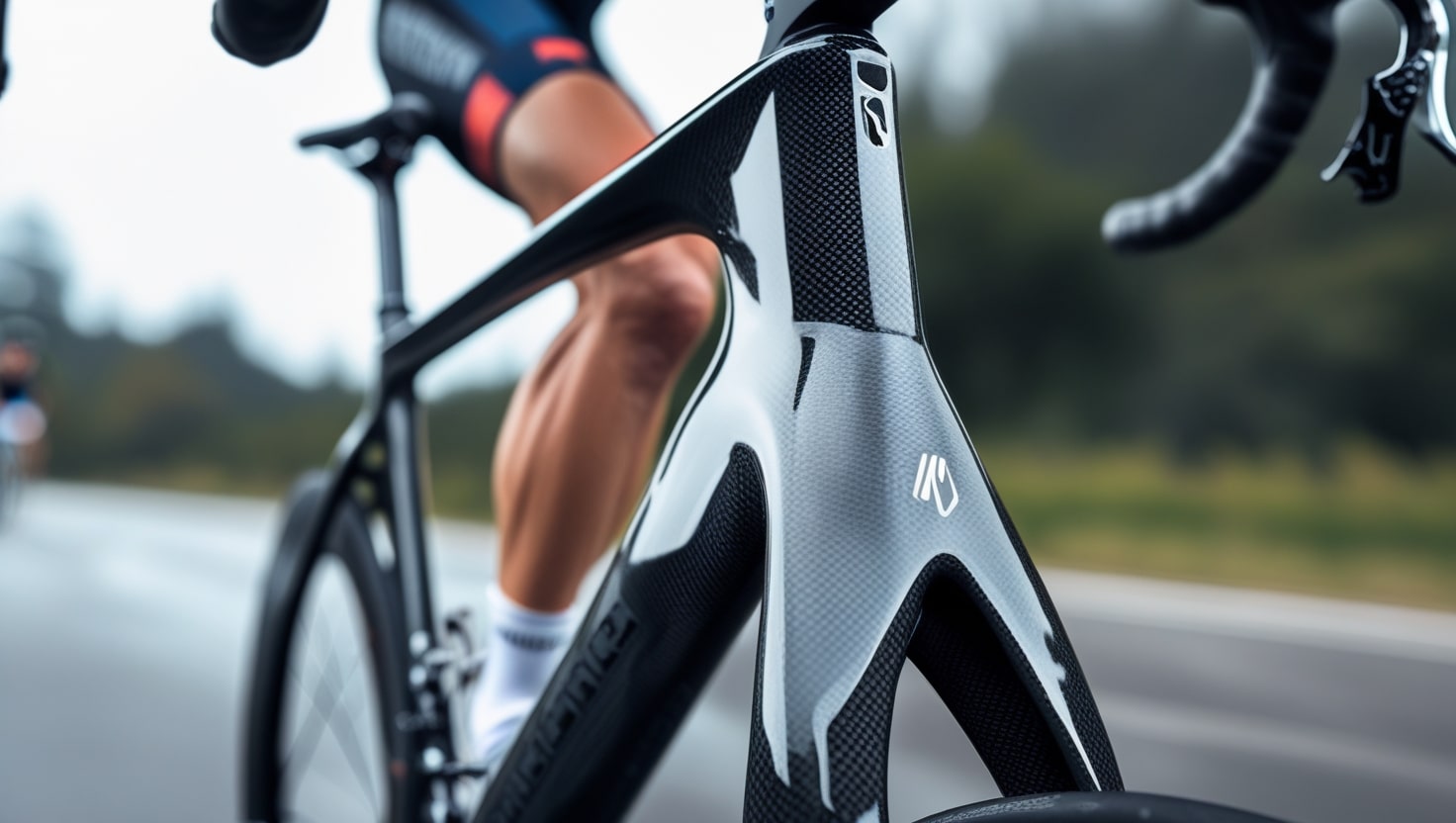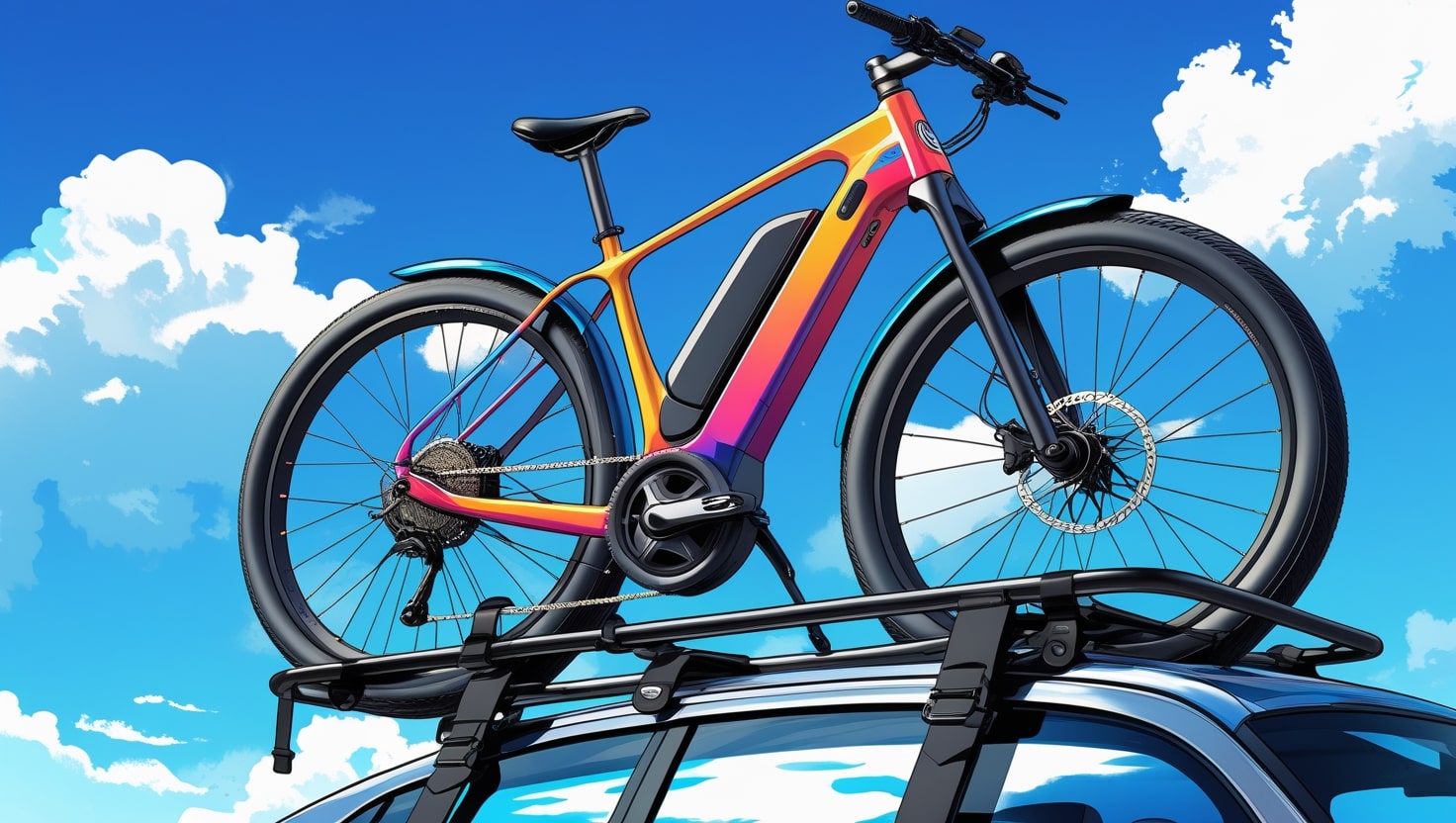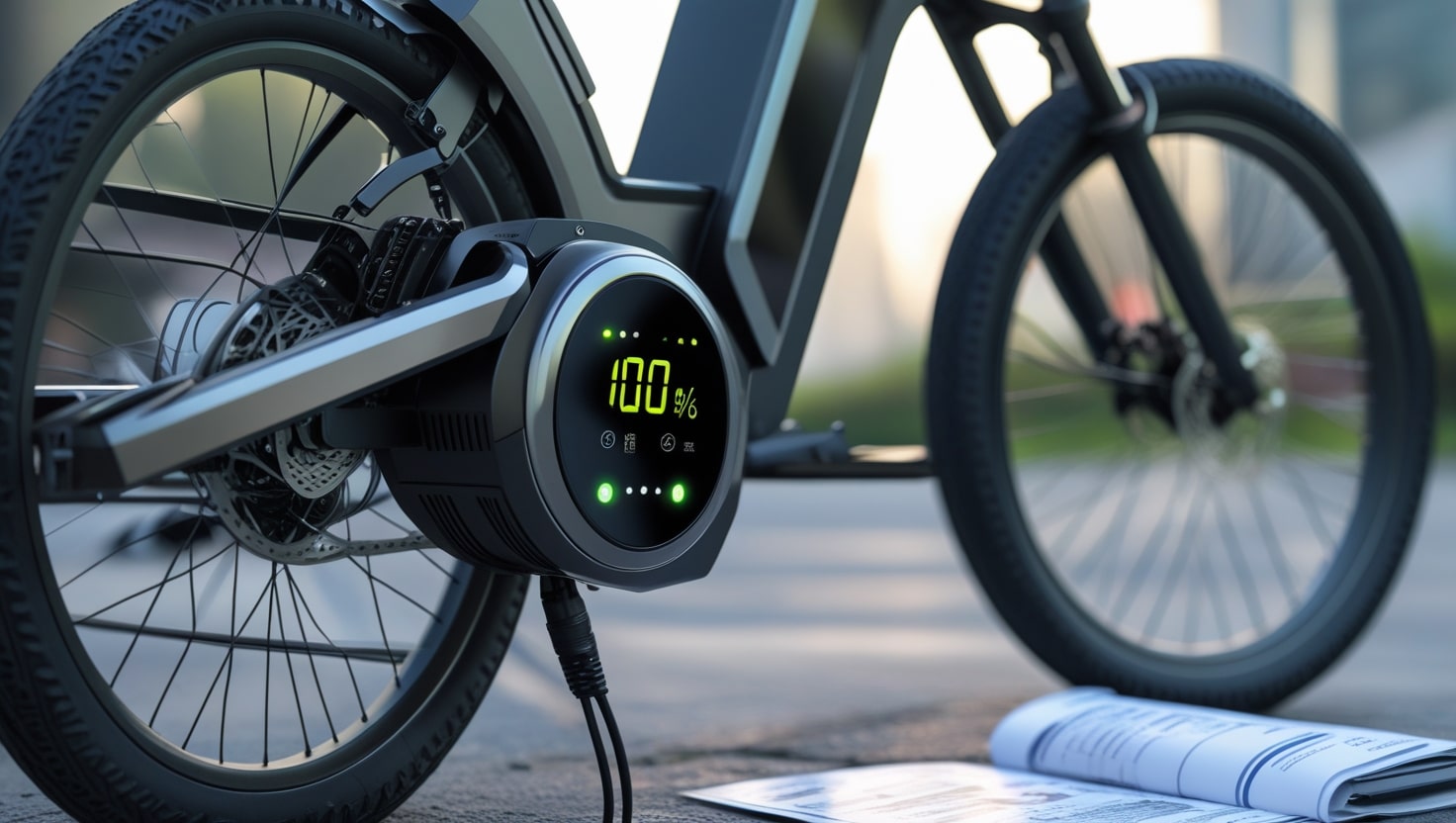Bike riding is more than just a sport; it’s an excellent way to improve your overall fitness. Many people often think of cycling mainly for its aerobic benefits, like strengthening the heart and lungs. But have you ever wondered, “What muscles does bike riding work?” While it’s easy to overlook the advantages cycling has on your musculature, it plays a significant role in making you faster and stronger.
When you ride regularly, you naturally focus on improving your maximum oxygen consumption (often referred to as VO2 max) and your Functional Threshold Power (FTP).
This is crucial because an FTP test can measure your ability to sustain high-intensity efforts. But bike riding isn’t just about going full gas in short bursts or sprinting repeatedly in cross-country mountain biking. It’s also about improving those punchier efforts that require stronger legs through strength training at the gym.
Understanding what muscles does bike riding work helps you target the right areas during training. Different kinds of cycling activities engage different muscles under various circumstances.
While cycling isn’t a whole-body activity, there are effective ways to strengthen the muscles that cycling doesn’t fully work. By focusing on specific muscles and incorporating the right training methods, you can maximize the benefits of your cycling routine.
What Muscles does Bike Riding Work

Bike riding is a powerful exercise that works several key muscles in the body. According to Rob Brown, a sports physiotherapist and former head physio at Orica GreenEdge, the glutes and quads are the primary sources of power when you push the pedals.
These muscles contribute about two-thirds of the force you generate while cycling. Along with the adductor magnus, which is the largest groin muscle, and the quadriceps, other muscles like the soleus (one of the calf muscles) and the hamstrings play significant roles as well.
The gastrocnemius, the other half of the calf muscle, also helps by directing the force generated by the quads and glutes to the pedal. This synergy between muscles is essential in cycling, as noted by Brown, who emphasizes the dominance of the quads and glutes in driving the bike forward.
According to Dr. Xavier Disley from AeroCoach, our bodies have evolved to perform activities like knee and hip extension through exercises such as walking, running, jumping, and pushing.
However, when it comes to cycling, the movement is slightly different due to the limiting extent of motion imposed by the pedals. This results in less extension compared to other activities, leading to different effects on your muscles and possibly exposing you to various injury risks.
The way these muscles work together during cycling is unique, requiring a precise balance of strength and coordination to optimize performance while minimizing injury.
Related: What Does the Exercise Bike Workout?
How are those muscles used in the pedal stroke?

When you’re pedalling, the most efficient way to generate power is by focusing on the downstroke. This is where the powerful quad and buttock muscles come into play, driving you forward with each rotation.
However, when you try pulling up on the pedals during the upstroke, you’re relying on the smaller hamstrings which doesn’t help much in adding to your speed. It’s generally not recommended to focus too much on the upstroke as it can lead to inefficiencies.
The muscle groups in your calves, ankles, and feet also play a role, though they don’t contribute as much power as you might expect. Physiotherapist Phil Burt, who has worked with Britain’s elite cyclists at the Olympic Games, Team Sky, and the Tour de France, highlights that even Paralympic cyclists with lower legs amputated can be more efficient cyclists than those with all limbs intact.
This insight underlines the importance of your position on the bike for effective cycling. If your setup is too low or too far back, it becomes harder to recruit the major muscles effectively, including the hip extensors—known as the most powerful muscle in the body.
For the best results, you should be positioned high and forward, similar to a triathlete. This position not only helps you avoid hip pain but also optimizes your cadence and overall efficiency. Additionally, by pulling or “scraping” through the top and bottom of the rotation, you can increase your power output by engaging a different set of muscles in your quads and calves.
Elite cyclists are particularly skilled at exerting power throughout the entire pedal stroke, a technique that sets them apart from untrained riders. With the right training, you can analyze your pedal stroke data post-ride and continuously work on improving this aspect.
Related: best bikes to build a cafe racer
Which other muscles does cycling work?

While cycling primarily targets your leg muscles, it also engages many other parts of your body. For instance, your abdomen and back play a crucial role in keeping your upper body stable during a ride. When you’re climbing or riding out of the saddle, your shoulders and arms get a significant workout as they help you maintain control and balance on the bike.
Compared to other exercises, cycling involves less extending of your muscles, which can make cyclists less flexible than other athletes. This can lead to issues like tight hamstrings. Additionally, the three points of contact with the bike—your hands, backside, and feet—mean that valuable core stability might be less developed, especially in road cyclists.
As Bryan McCullough, a specialist musculoskeletal physiotherapist, explains, Good core strength is essential for effectively transferring the force generated by your legs to the pedals.
He suggests using free weights, which are perfect for challenging your core musculature to maintain balance and stability. Additionally, incorporating a moderate to heavy load on your legs through strength and conditioning exercises can be ideal for improving efficiency on the bike and reducing the risk of injury.
Related: How to Size a Road Bike
What are the injury risks when cycling?

Cycling is generally considered a low-impact activity, as it puts a lower load on the body compared to other forms of exercise. This means you’re less likely to pull a muscle while riding.
However, the repetitive nature of pedaling can lead to common types of pain, such as aches and pains from holding the same position for long periods. The risk of injury increases if your bike setup isn’t correct, making a proper bike fit is crucial.
One of the most frequent complaints among cyclists is knee pain, which is often the largest cause of injury. According to cycling physiotherapist Nichola Roberts from Velophysio, poor bike fit is the primary cause of knee pain, sometimes worsened by trauma from an accident.
Additionally, biomechanical problems caused by muscle imbalances can be an issue. Roberts emphasizes the importance of building mileage gradually and incorporating stretching and core exercises into your routine to prevent such injuries.
Cyclists should also be aware of the higher risk of injury when cross training, especially with activities like running, which is a high-impact activity. Triathlon coach Chris Knight advises that running should be built up carefully to avoid most injuries, which often occur from going too far, too often, or too fast. It’s essential to introduce longer times and distances gradually to reduce the risk of injury.
How does your riding style change which muscles cycling works?
Muscles engaged during cycling vary based on riding discipline, power output, pedaling cadence, and terrain gradient.
Road Biking
During a short and powerful sprint effort in road cycling, your glutes and quads are crucial, as they activate earlier in the pedal cycle. As Phil Burt explains, when you’re climbing steep gradients, the glutes make a greater contribution because they are in the best position to have the greatest impact on your power output.
On the other hand, when you’re pedaling fast at over 100rpm-plus with lower torque, the calves and hamstrings take over more from the quads and glutes. This shift happens because controlling joint movement becomes more important, which is where the smaller muscles excel. As Brown points out, these muscles’ ability to manage movement takes precedence over raw power in such situations.
Mountain biking
During a short and powerful sprint effort in road cycling, your glutes and quads are crucial, as they activate earlier in the pedal cycle. As Phil Burt explains, when you’re climbing steep gradients, the glutes make a greater contribution because they are in the best position to have the greatest impact on your power output.
On the other hand, when you’re pedaling fast at over 100rpm-plus with lower torque, the calves and hamstrings take over more from the quads and glutes. This shift happens because controlling joint movement becomes more important, which is where the smaller muscles excel. As Brown points out, these muscles’ ability to manage movement takes precedence over raw power in such situations.
Related: What is a Liter Bike?
Mountain biking

Mountain biking is quite different from road cycling because it demands whole-body movements to keep your bike balanced and tyre-side down on rough terrain. Unlike the static position you often hold on a road bike, mountain biking involves constantly shifting your weight, which helps with core stabilisation and the activation of supporting muscles.
As Tom Bell, a coach at High North Performance, explains, this kind of riding increases your active muscle mass and drives your heart rate up since more oxygen is required for the intense effort.
However, spending too much time on a mountain bike during the winter could impact your muscle fibre recruitment patterns. This might make you less efficient when switching back to a different bike like a road bike.
Off-road riding tends to develop type II fast twitch fibres more than type I slow twitch fibres, which are essential for endurance riding. Moreover, small changes, such as cranks being spaced differently or the saddle height being marginally different, could lead to niggling injuries, as Bell adds.
For cyclists who compete across disciplines, like Pauline Ferrand-Prevot, a multi-discipline world champion, the ability to smoothly transition between different bikes and terrains is crucial. This skill not only helps in power delivery on the tarmac but also transfers effectively to the road, making it easier to maintain progress in both environments.
Related: What is Fairing in Bikes?
Gravel riding
Gravel riding on loose and slippery terrain demands more controlled pedalling than on the road, according to Bell. Dead spots in the pedal revolution can cause a loss of power and inconsistent production of that power, which makes it easy for your wheel to slip. When you frequently face limited traction, you’re forced into improving your pedalling smoothness to successfully ride steep and technical climbs, Bell adds.
Track cycling

Fixed gear riding is a great way to improve your power delivery, according to experts like Burt and Jason Streather from PDQ Cycle Coaching at Newport Velodrome in south Wales. Streather explains that track riding helps build leg speed, which is benefitting for all types of riders.
Higher leg speeds allow endurance riders to regulate fatigue on long rides, while sprinters can achieve maximum power by being able to pedal at a higher cadence, adds Streather.
Will Biking give me big legs?
Many people wonder if cycling will give them big legs like elite track riders and sprinters who can produce a lot of power over short distances. While it’s true that these athletes often have large legs and buttocks, they are the exception rather than the rule.
Most of us who ride further and at lower power won’t see our muscles bulk up in the same way. Endurance sports like cycling generally don’t put your muscles under sufficient stress to cause them to grow significantly.
One reason cycling doesn’t lead to substantial muscular growth is the number of calories that cycling burns. Unlike bodybuilders who grow muscle by maintaining a large calorie surplus—which means consuming more calories than they expend—most cyclists burn a lot of calories during their rides.
Even an Olympic track sprint gold medalist like Sir Chris Hoy points out that lifting weights doesn’t necessarily lead to bigger muscles or increased body weight. It would take a huge amount of high-resistance training combined with a high-protein diet to significantly change your body shape through cycling alone.
For the average rider, a session or two of moderate load and intensity per week can help you gain extra torque without gaining mass. In cycling terms, torque is the force you apply through the pedals in a rotational direction. This extra bit of grunt can be indispensable when you need to accelerate quickly, create a gap, or win sprints with less effort.
On the other hand, some of the best road riders are known for being svelte so they can climb hills as fast as possible. Even climbers with well-developed quads maintain a high power-to-weight ratio. Their aerobic systems are also highly developed to provide the oxygen their muscles require during intense efforts.

